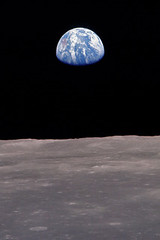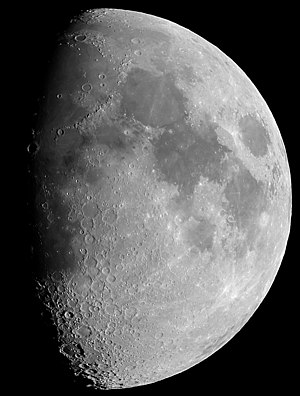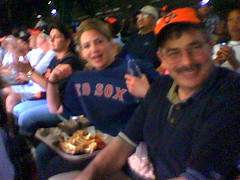 Image by The Pug
Image by The Pug
Father via Flickr
And yet since 1972, no man (or woman) has set foot on the Moon. Space shuttles and space stations have orbited the Earth, but we haven't gone back to the Moon. It's high time we returned.
 Image via
Image via
Wikipedia
 Image by The Pug
Image by The Pug
Father via Flickr
 Image via
Image via
Wikipedia
 Image via
Image via
Wikipedia
 Image by jmtimages
Image by jmtimages
via Flickr
 Image via Wikipedia
Image via Wikipedia
 Image via Wikipedia
Image via Wikipedia
 Image by krakatoa via Flickr
Image by krakatoa via Flickr
 Image by Getty Images via Daylife
Image by Getty Images via Daylife
 Image via Wikipedia
Image via Wikipedia
 Image via Wikipedia
Image via Wikipedia
 History is nowhere near being an exact science. Too many variables will spoil the party there. Historians write about what they know or what they have read, quoting facts and figures and sources to bolster the case. But as with exact science, the more the evidence, the surer the conclusion – or the more you have to rewrite your conclusion.
History is nowhere near being an exact science. Too many variables will spoil the party there. Historians write about what they know or what they have read, quoting facts and figures and sources to bolster the case. But as with exact science, the more the evidence, the surer the conclusion – or the more you have to rewrite your conclusion. The common perception that most people have of Stone Age people is that they spent the vast majority of their time just surviving, or looking for food or caring for their family or making weapons to aid in conquest or doing other important things like that. When did Stone Age man or woman ever have time to do art? Isn't that an optional thing, that people do when they have time? Didn't these people have more important things to do, like chisel out knives and hammers and other implements of war?
The common perception that most people have of Stone Age people is that they spent the vast majority of their time just surviving, or looking for food or caring for their family or making weapons to aid in conquest or doing other important things like that. When did Stone Age man or woman ever have time to do art? Isn't that an optional thing, that people do when they have time? Didn't these people have more important things to do, like chisel out knives and hammers and other implements of war? Apparently, they found the time. This was long before the time when people who lived near Lascaux took time out to draw on cave walls. That was a mere 16,000 years ago. No, these flutes prove that people nearly 40,000 years ago not only had the time to play music but also had the patience to painstakingly construct a musical instrument. Playing such a flute didn't move anyone toward getting more food to eat or building a better fire or structure or weapon, but musical entertainment was obviously good for the soul and the well-being of these ancient people.
Apparently, they found the time. This was long before the time when people who lived near Lascaux took time out to draw on cave walls. That was a mere 16,000 years ago. No, these flutes prove that people nearly 40,000 years ago not only had the time to play music but also had the patience to painstakingly construct a musical instrument. Playing such a flute didn't move anyone toward getting more food to eat or building a better fire or structure or weapon, but musical entertainment was obviously good for the soul and the well-being of these ancient people.
 Image via Wikipedia
Image via Wikipedia
